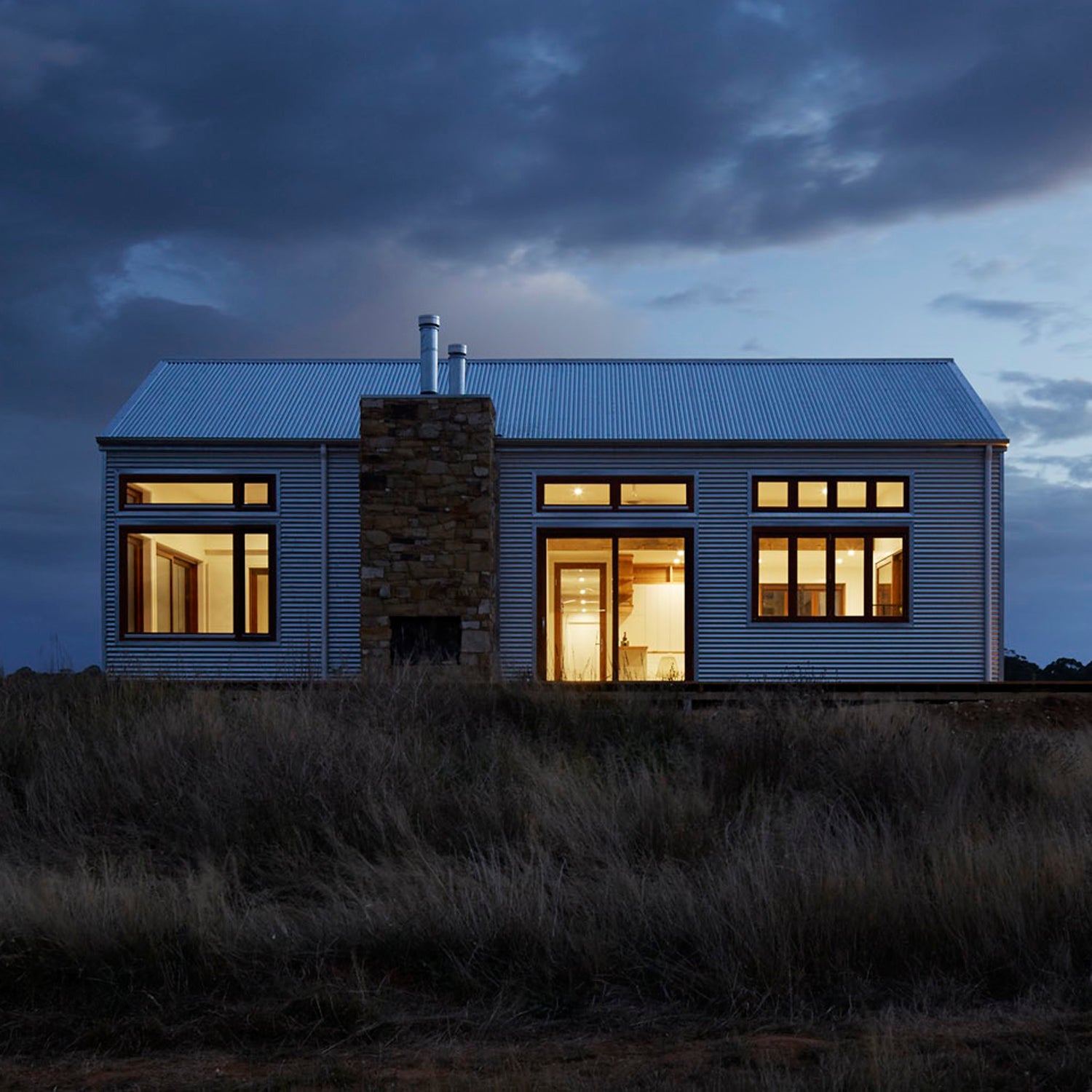In November 2014, city council members in Walsenburg, Colorado, a crossroads community located 90 miles south of Colorado Springs, eliminated a longstanding zoning code prohibiting buildings smaller than 600 square feet. They wanted to make room for so-called tiny homes, the trendy structures that have become popular with everyone from millennials to baby boomers seeking simpler, less cluttered lifestyles.
Tiny homes are often mobile, but Walsenburg’s intention was not to provide year-round RVers a place to plant their Astroturf welcome mats and satellite dishes. Instead, the town wants to attract new taxpaying residents with permanent structures connected to local utilities. Before Walsenburg, only one other town in America had done away with its square-footage minimum: Spur, Texas, a small settlement about 300 miles west of Waco.
In Colorado, the small units could be a solution to a chronic mountain-town problem: lack of affordable housing for the people who work there. That’s how Rod Stambaugh, founder and president of , sees them. His plan: to build the world’s first tiny-home subdivision and revolutionize the rural economy in the process.
“Tiny homes are the only solution that can save some of these declining rural communities or provide quality affordable housing in…the mountain communities that are booming,” he says.
Stambaugh has researched tiny homes and what he calls “the decline of rural America” for years. Since founding La Junta, Colorado–based Sprout in December 2013, he’d been looking for a way to build not just one-off structures but entire tiny-home developments. But everywhere he saw potential, zoning codes precluded the subdivisions. “We got tired of banging our head against that wall,” Stambaugh says.
“Tiny homes are the only solution to provide quality affordable housing in the booming mountain communities.”
Soon after Walsenburg eliminated its size restriction, Stambaugh, a 55-year-old businessman who made his money in the mobile electronic payment industry, bought about 4.5 acres of agricultural land in town, and then had the zoning changed to residential. Sprout plans to build 32 units on the land, as well as a community center and outdoor movie theater. Demand has been strong for the tiny homes, which range in size from 262 to 672 square feet (some tiny homes are as small as 120 square feet), says Stambaugh, who expects them to sell for $60,000 to $130,000.
The Walsenburg community isn’t the only subdivision Sprout is planning. In Salida, a town of 5,200 that’s ringed by 14,000-foot peaks and has no square-footage minimum in its zoning code, Stambaugh bought 19 acres on the eastern bank of the Arkansas River. He’s submitted an application to build 200 tiny homes with 96 storage units on the land.
Unlike in Walsenburg, the Salida units will have long-term leases, starting at $750 per month for the 262-square-foot homes and increasing to $1,400 per month for the 672-square-foot units, Stambaugh says. That's not exactly dirt cheap, but it's better than nothing.
“What Sprout is putting out is not necessarily affordable for the cross-section that we’re trying to provide housing for,” says Dan Osborn, Salida’s community development director. “But we think it’s going to help our community, so we see it as a positive.”
Stambaugh says other Colorado mountain towns interested in building tiny-home communities to address housing shortages have approached him, though he declines to name the towns.��In Breckenridge—where top employer Vail Resorts , a move that incited talk of a strike—Mayor John Warner recently broached the idea of a tiny-home community with the town council, to mixed reviews.��
Stambaugh believes tiny homes could also help people displaced by natural disasters. This fall, he relocated temporarily to Lake County, in Northern California, where wildfires destroyed 1,500 homes and the governor declared a state of emergency. Residents received a three-year reprieve on minimum-square-footage ordinances. Stambaugh, optimistic that the temporary change will become permanent, is pitching the idea of a tiny-home community like the ones he’s planning to build in Colorado.��
Of nearly a dozen sources interviewed for this story in Salida and Walsenburg, none had heard of any opposition to tiny-home subdivisions. Businesses support the idea because it gives their workers more places to live. Bob Morasko, CEO of Heart of the Rockies Regional Medical Center in Salida, which employs 400 people, says it’s common to lose employees because they can’t find housing.
“Our vacancy rate is zero,” says Leslie Walker, a longtime Realtor in Salida. “I think tiny homes are a great idea.”
Less than a mile away from Sprout’s Salida site, a mobile-home park sits at the entrance to downtown, raising the question of just how different a tiny-home community will be. But no one seemed worried about the aesthetics of a tiny-home development. “If you think it’s going to cheapen a community, you’re really quite wrong,” says Dave Roesch, planning and zoning commission chairman in Walsenburg, citing the high-end materials used to build them (most of Sprout’s homes feature cork floors, metal roofs, and cedar interiors).
So how much impact can tiny-home subdivisions make in these towns? Roesch believes the additional housing could help grow Walsenburg’s population significantly. Twenty-six hundred people live there, but he’s received calls from potential residents across the U.S. who are interested in moving to town now that the square-footage minimum has been eliminated.
“We have the resources for 30,000,” Roesch says. “The potential is remarkable.”
Osborn, in Salida, is more guarded yet still optimistic. “Time will tell if they’ll be successful,” he says, “but the more units you can get on the market, it’s always going to be a benefit.”


